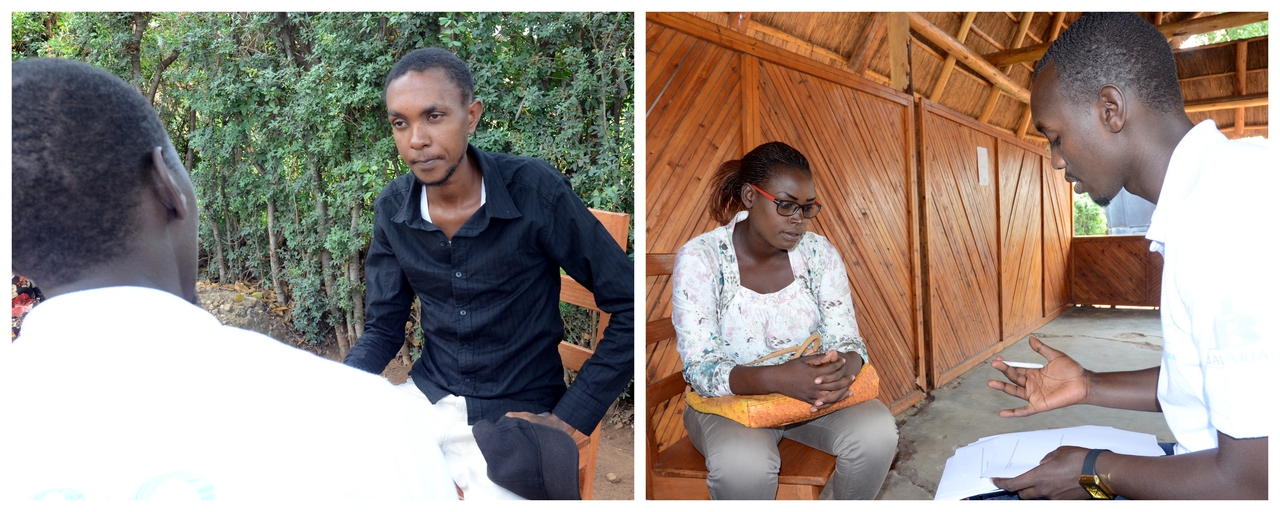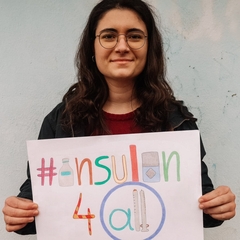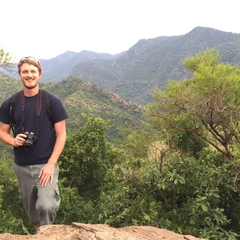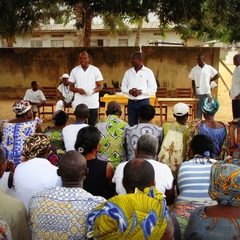
Type 1 Diabetes in Burundi: A Doctor’s Perspective
26 Mar 2018, 12:44 p.m. in by Egide Haragirimana, MD
Living with diabetes is very difficult in Burundi. Most of the population is poor, so it is difficult to get medicines and equipment. The average income of one type 1 patient is 100 USD and they can spend the average of 30 USD per month for medicines only. This does not include the cost of appointments and other types of care. When you live in rural zones, it is even worse. It is hard to get regular insulin and when you get it, you face the problem of not having a refrigerator to keep the insulin cool.
When I was doing my training at Kabezi district hospital here in Burundi, I remember seeing a teen die because he was unable to get insulin. He was hospitalized for a while, but when he went home he was unable to get insulin or any equipment to control his blood glucose. Another lady spent three months in hospital and couldn’t attend the educational class. Her diabetes was not stable and there was no one in her village to educate her about diabetes. People with diabetes are obliged to go to a health center at least 5km away to get their insulin and do some tests. Many cannot afford the costs of that.
During a conversation with a type 1 patient, she told me how she has problems to get access to medicines, and the environment in which she works is not healthy. She is in public service and works like others but there is no system to secure her, and because she has diabetes she faces many disadvantages in the workplace. Another patient told me, ‘‘it was hard as a teen to adapt myself to school activities as I was different to others’’. Many tell me that the way neighbors look them has changed after they learned about their diabetes.
With the health system in Burundi, the government provides insulin for free to people under the age of 25, but the distribution center is located in only one place. When I was in rural areas, I could see that hospitals do not have the resources to treat and follow up with patients so that they avoid complications.
Adelard Kakunze conducted a cross-sectional study in 2017 of a group composed of 92 children and adolescents living with type 1 diabetes at the MUSAGA Health Center. He found that the prevalence of type 1 diabetes is 3.54%. The average age of patients is 18.8 years and the average age at diagnosis is 16.4 years. At diagnosis, 52.2% of patients demonstrated the cardinal signs and symptoms, with 26.5% presenting with ketoacidosis. Only 4 patients (4.3%) had been diagnosed in a primary health center.
All of the patients in the study were on insulin, with the majority receiving a treatment regimen of 2 injections per day (90.2%). 74.6% of patients were on a diet versus 12.0% who were doing physical activity. Only 34.8% of patients had a glucometer and only 29.3% were self-monitoring blood glucose on a daily basis. Additionally, 64.1% of patients had never had their HbA1c tested.
Most of the patients were educated on insulin therapy, but they were less educated about their disease and complications. Few had any idea about the goals of their treatment.
Other difficulties encountered in the management of type 1 diabetes by the MUSAGA Health Center were the lack of training of the nursing staff about diabetes, as well as the absence of equipment, especially for the laboratory.
Type 1 patients in Burundi do not have a good life. They rarely receive support. The last time there was an educational program it was done in 2012. There are no associations and they feel that they need support to create one. With their network, they could organize themselves and make a plan about how to reach someone who cannot afford insulin. There is also potential for patients to do advocacy. They could request the government to provide insulin for free to everyone, as it is for HIV/AIDs.
There are no data for the whole country and few studies have been carried out. Complementary studies are needed to assess the complete package that a type 1 diabetic needs, whether in rural or urban areas, and to define policies that will enhance their lives.






